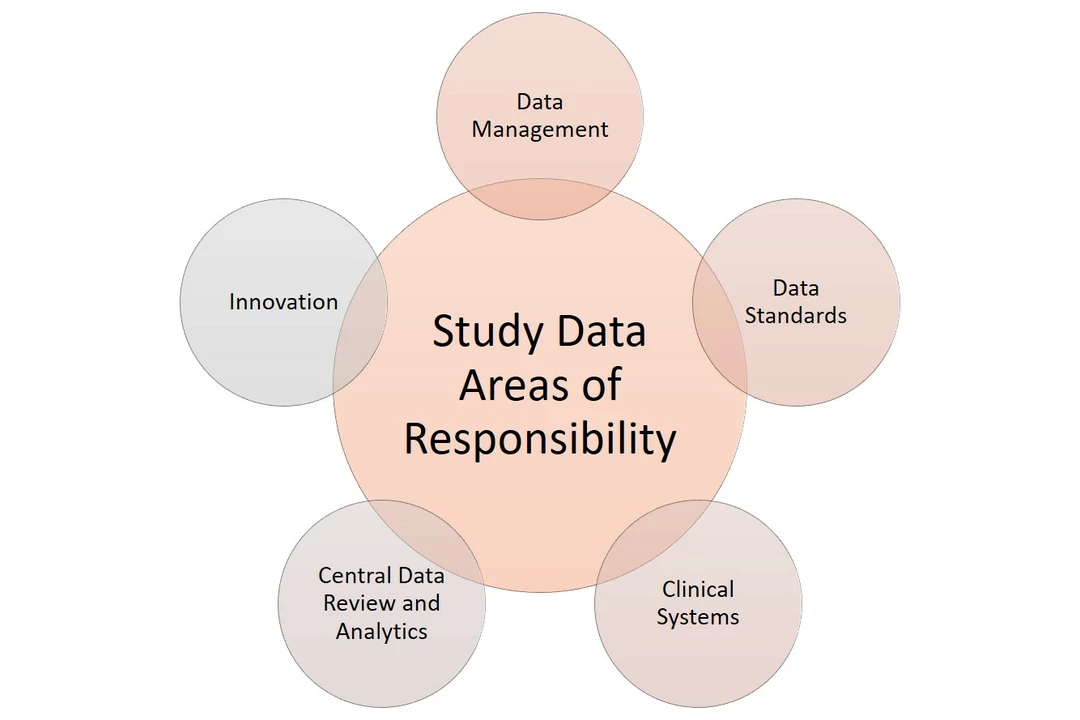About 1 in 5 people deal with seasonal allergies every year. Pollen from trees, grasses, and weeds triggers sneezing, itchy eyes, runny nose, and tiredness. The good news: you don’t have to suffer through it. Small habits and the right meds often make a big difference.
Know the timing. Tree pollen peaks in spring, grass pollen peaks in late spring to early summer, and ragweed hits in late summer and fall. Check local pollen counts on weather apps and avoid outdoor activities when levels are high — usually early morning and on windy days.
Start with easy stuff: keep windows closed during high pollen days and use air conditioning with a clean filter. Shower and change clothes after being outside so you don’t carry pollen into your home. Wash bedding weekly in hot water and dry on high heat when possible. A HEPA filter or vacuum with a HEPA bag helps reduce indoor allergens.
Limit yard work during peak pollen times. If you must mow the lawn, wear a dust mask and do it later in the afternoon when pollen tends to drop. If pets go outside, wipe them down before they enter the house.
Over-the-counter antihistamines like loratadine, cetirizine, and fexofenadine reduce sneezing and itching without much drowsiness. If you need faster relief, older antihistamines (diphenhydramine) work but can make you sleepy. Nasal steroid sprays — fluticasone or budesonide — are the best choice for long-term control of congestion and runny nose. They take a few days to reach full effect, so start them early.
Saline nasal rinses clear pollen and mucus and help steroid sprays work better. For short-term congestion, oral decongestants (pseudoephedrine) or nasal drops can help, but don’t use nasal decongestant drops more than a few days — they cause rebound congestion. Talk to your doctor before using oral decongestants if you have high blood pressure.
If regular meds don’t help, ask about montelukast (a daily pill) or prescription antihistamines. Allergy shots or sublingual immunotherapy are the only treatments that can change how your immune system reacts to pollen — they take time but can reduce symptoms for years.
See a doctor if you have severe wheezing, shortness of breath, symptoms that limit daily life, or signs of a sinus infection (high fever, severe facial pain, or symptoms lasting more than 10 days). Also check with a provider before starting meds if you’re pregnant, breastfeeding, or taking multiple prescriptions.
Small changes add up: check pollen forecasts, start meds before the season starts, and use nasal care and home-proofing to cut exposure. That combo often turns a miserable season into one you can actually enjoy.

As a seasonal allergy sufferer, I know how important it is to have a personalized plan in place. To create one, first identify your specific allergens by getting tested by a professional. Then, track your local pollen counts and modify your daily activities accordingly. Incorporate preventative measures such as using air purifiers and regularly cleaning your living spaces. Finally, consult with your doctor to find the most suitable allergy medication for your needs.
More